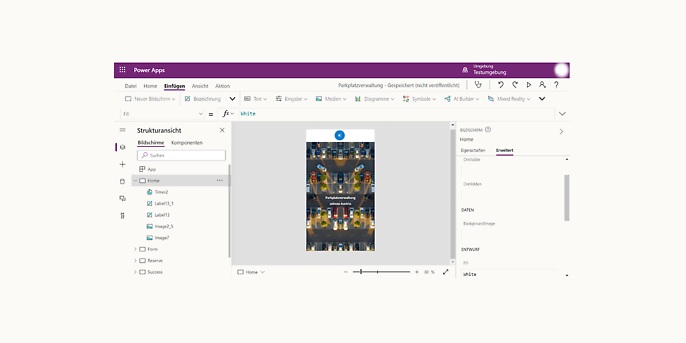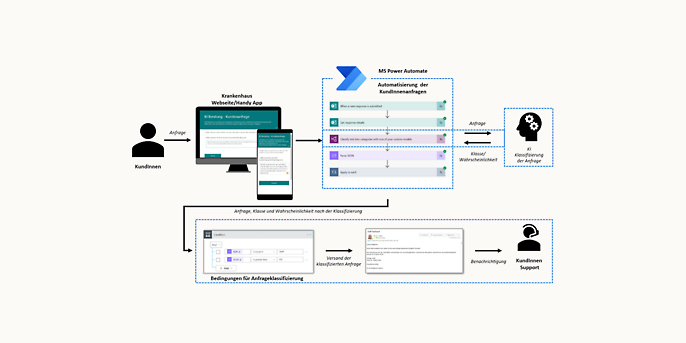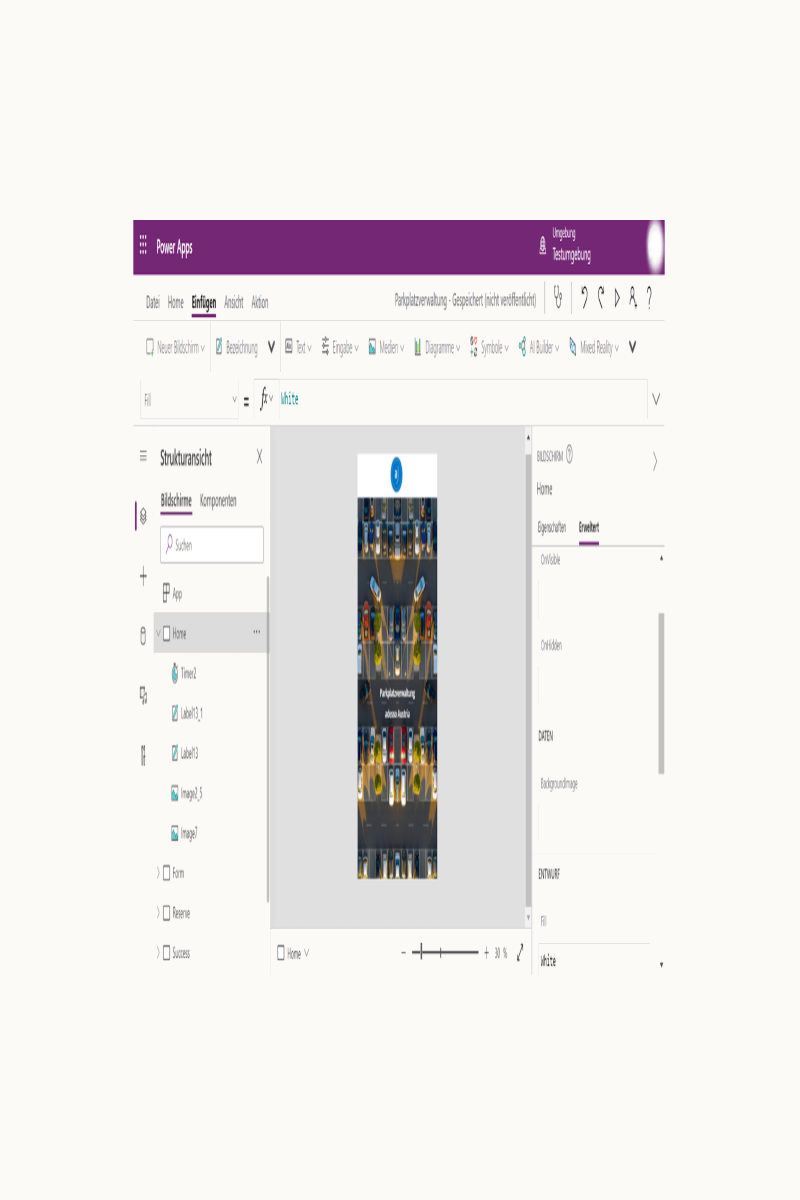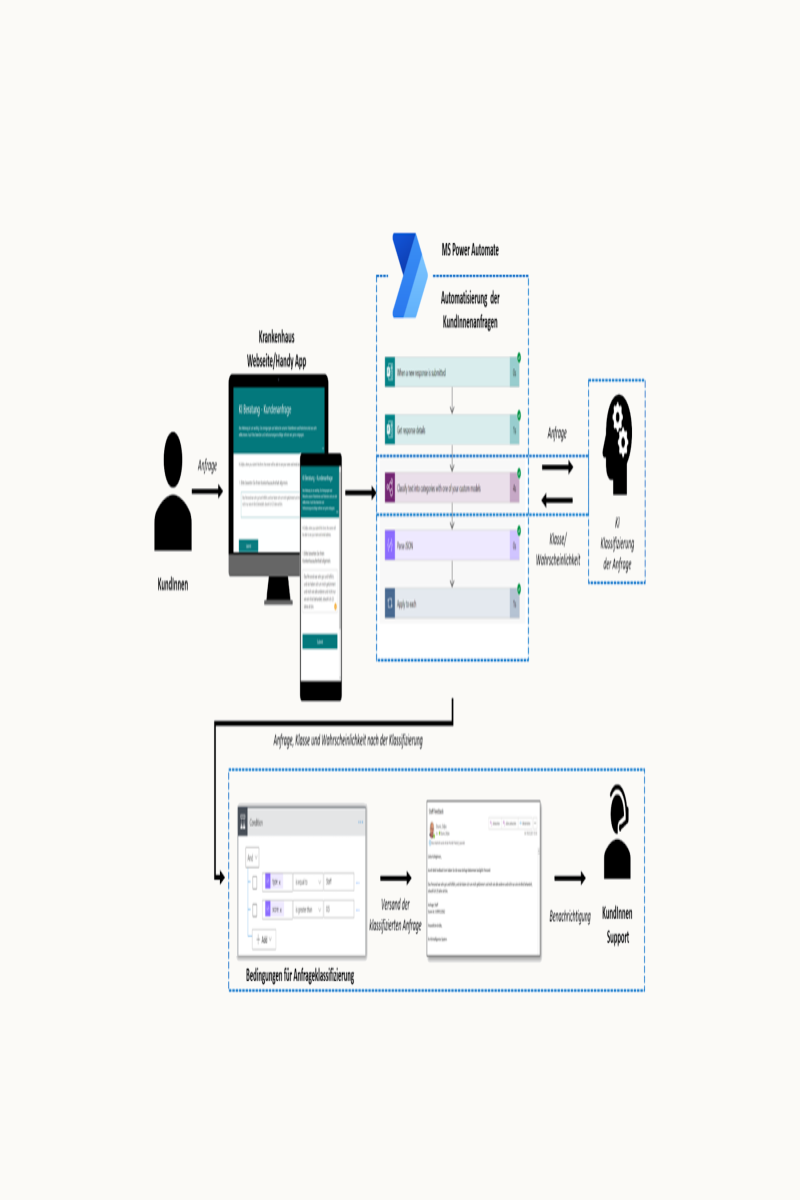2. June 2021 By Dr. Zeljko Dzunic and Matthias Proschinger
Low code and AI: the next big step in the AI adoption strategy – part 1
When investor Mark Cuban said, ‘If you are an entrepreneur and in the business world and if you don’t know Artificial Intelligence, then you’re the equivalent of somebody in 1999 saying, “Yeah! I’m sure this internet thing will be okay, but I don’t give a shit”’, he was simply saying something that is common sense these days:
Artificial intelligence (AI) is no longer a buzzword, but is steadily becoming a valuable part of the business world. Drawing on AI to automate operational processes, support decision-making processes or develop new business models has become a major global commercial opportunity, where algorithms for speech and image processing, forecasting or anomaly detection deliver profitable added value.
There is a reason that the market research institute Tractica is predicting that AI will reach a revenue of around USD 90 billion by 2025.
Low code – the unknown entity
The other end of the awareness spectrum is currently home to low-code platforms, which are yet to be widely adopted. Providers such as Microsoft’s Power Platform, OutSystems or Mendix, with their flexible modular applications, offer a great opportunity to pre-empt the acute challenges – such as IT capacity bottlenecks – caused by long, cost-intensive development processes. Our colleague Christian Straube has already written a great, detailed blog post on the opportunities and potentials, which is why we will primarily look at the possibilities of combining both technologies in this post. As you’ll see, connecting the two worlds enables us to overcome three major hurdles that are currently preventing the widespread adoption of AI in companies.
Barriers to AI implementation in companies
Complexity of implementation
Integrating AI models into everyday business, from setting up and data preparation to algorithm selection and model training, is a complex and time-consuming process.
AI deployment and industry expertise
Expertise in the implementation of ideas and projects is still being developed. How business cases are to be implemented must first be understood, which 75 per cent of the almost 2,000 respondents of the adesso AI Report 2021 agree with.
A skills shortage
According to a study conducted by market researcher IDC, 80 per cent of companies say that they currently lack the experts to implement AI projects. 37 per cent of respondents to the AI Report say that attracting qualified employees will be the main challenge over the next three years.
The role of low code in AI adoption
In summary, the step towards fully adopting AI can only be taken by lowering the obstacles to access it. Enter low-code technology. Low-code platforms make AI easy to use and accessible for everyone, leading to the democratisation of AI.
They play a major role in this as the majority already contain prefabricated AI components for various business scenarios, meaning they basically provide ‘AI out of the box’. This opens up the possibility for anyone interested to use text recognition, forecasts or classifications with just a few clicks – without any time-consuming learning, designing and training.

Microsoft Power Apps interface
In short, low code simplifies and accelerates AI integration thanks to:
1. Easy implementation in proprietary low-code apps
- Out-of-the-box use of machine learning models with only a small amount of training data
- User-defined AI models can be used
- A number of third-party AI systems can be integrated (*platform-dependent)
- Barriers to entry are lowered by eliminating the entire AI development process
- Complexity is removed thanks to ready-defined AI functions (for example document processing, object recognition)
- Flexibility thanks to interchangeable components
2. Easy deployment and fast development cycles
- Low-code platform delivers AI models across multiple platforms, whether web or mobile
- Results are just a few clicks away. Finished applications are created in just a few weeks. Development time is reduced ‘by up to 80 per cent’ (Colin Earl, CEO Agiloft)
If we take a look at two use cases that were implemented internally at adesso using the Microsoft Power Platform, it becomes clear why we believe that software development will be increasingly used in combination with this symbiosis of low code and AI in the future. The two use cases were developed in just one week to create a better understanding of the benefits of AI development with low code.
How the Power Platform and AI Builder work together
The AI Builder is a Microsoft Power Platform feature that brings AI power to the world of Microsoft products. It is a tool to enable people without a development background to use AI in everyday business.
This means it has various advantages:
- Direct integration with Microsoft Power Platform and Dynamics 365
- Out-of-the-box AI components
- Deployment in the cloud – no need to manage a complex AI infrastructure
- Embedding in the world of Microsoft products allows connection to standard Microsoft services (such as Azure Active Directory access)
Use case I – creating an expense report based on AI form processing
Our first use case is a smart application for recording and approving expenses, which uses a ready-made AI form processing model from AI Builder that extracts data automatically.
The demonstration consists of a canvas app where users can create a new expense report and the AI model that extracts the data needed for the billing process from an invoice. A Power Automate Flow processes the expense approval process automatically in the background and reports back whether the settlement has been approved.
The AI model for the application was trained using supermarket receipts. Only a few invoices were needed for this until the recognition was perfect. We were really surprised by this, and it illustrates the advantage we mentioned before. The finished model extracts various data such as the total, the company name and the invoice date.
Use case II – classifying customer requests
This use case shows how customer requests are classified as they occur, for example, on the website of service providers. These websites often have a form on them with free-text fields in which clients can outline their requests. A smart low-code application helps with pre-classification so that the requests can be sent to the right departments immediately based on the words used in them.
The challenge with these kinds of requests is that they often arrive in large numbers and tie up several staff members in processing them who would otherwise be able to take on tasks elsewhere. The ‘Text Classification’ AI module makes this easier. For this specific case, we have taken requests sent to a hospital as an example.
Our application goes through the following steps:
- First, we trained the model using data that we had already collected.
- Then, we automated the whole process using MS Power Automate.
- Every time a new customer request arrives, Power Automate calls the AI model to classify the request, and an e-mail is sent to the responsible department based on the results.

Customer request workflow
Key facts about the application:
- Development from concept to implementation < one week
- AI model integration < one day
- Thousands of requests can be processed in a few minutes
Conclusion
Low-code platforms, artificial intelligence and machine learning: the interaction of these technologies promises more flexibility and agility in software development and process automation.
We expect to see a strong growth in embedded AI tools for improving productivity and analytics or forecasting in the future. The amount of time saved and the option of involving experts from every specialist department in application development are exactly why low code is becoming a catalyst for the increased adoption of AI in companies of all sizes.
The low-code software allows us to quickly create applications that are adapted to our needs. Plus, with these applications, we can use the power of AI to solve existing problems.
The Power Platform is just one platform that can be used here; we’ll introduce you to another and further use cases in our next blog post.
Would you like to learn more about exciting topics from the world of adesso? Then check out our latest blog posts.




